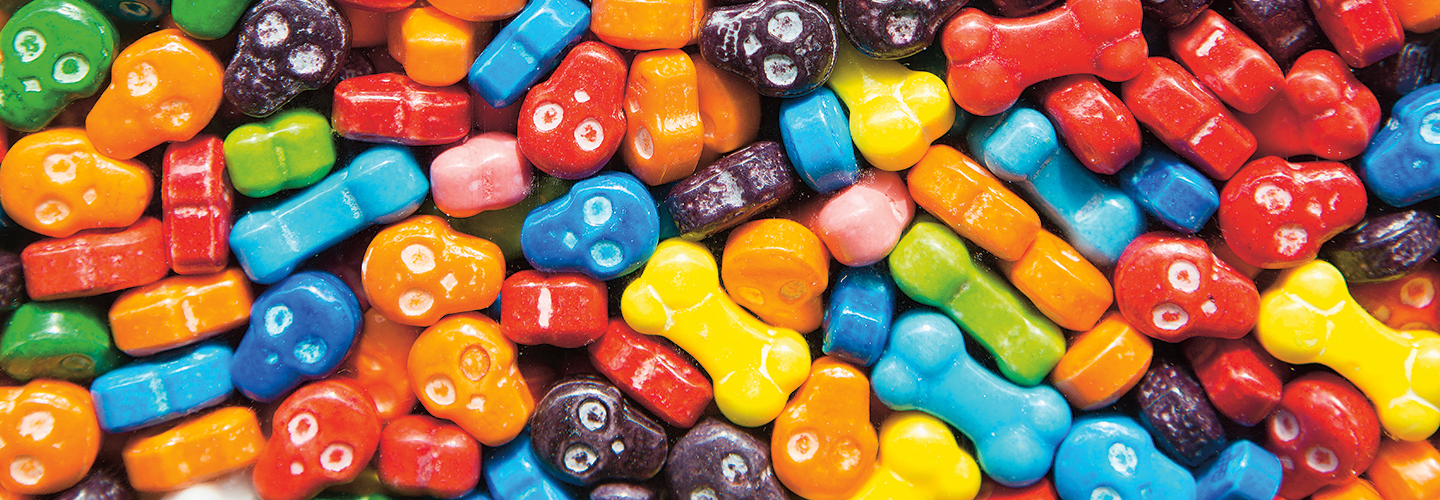Trick or treat! It’s almost Halloween—and that means piles of candy. But should you eat it? Sugar has gotten a lot of negative attention lately for causing problems like obesity (too much body fat) and diabetes (high blood sugar).
“There is definite evidence that too much sugar can increase the risk of many health problems,” says Dr. Sheela N. Magge. She’s a pediatrician in Washington, D.C.
Doctors didn’t always think this way. For years, sugar was considered mostly harmless. But new research suggests that’s partly because of dishonest science back in the 1960s. The sugar industry secretly paid for a study blaming fat in food—not sugar—for health problems.
Trick or treat! It’s almost Halloween. And that means a lot of candy. But should you eat it? Sugar has gotten a bad rap lately. It’s been blamed for obesity. That is when a person has too much body fat. Sugar has also been linked to diabetes. This illness causes high blood sugar.
“There is definite evidence that too much sugar can increase the risk of many health problems,” says Dr. Sheela N. Magge. She’s a children’s doctor. She works in Washington, D.C.
Doctors didn’t always think this way. Sugar was deemed mostly safe for years. But new research suggests that’s partly because of bad science. The sugar industry secretly paid for a study in the 1960s. The study left out sugar’s role in health problems. It blamed fat in food, instead.

